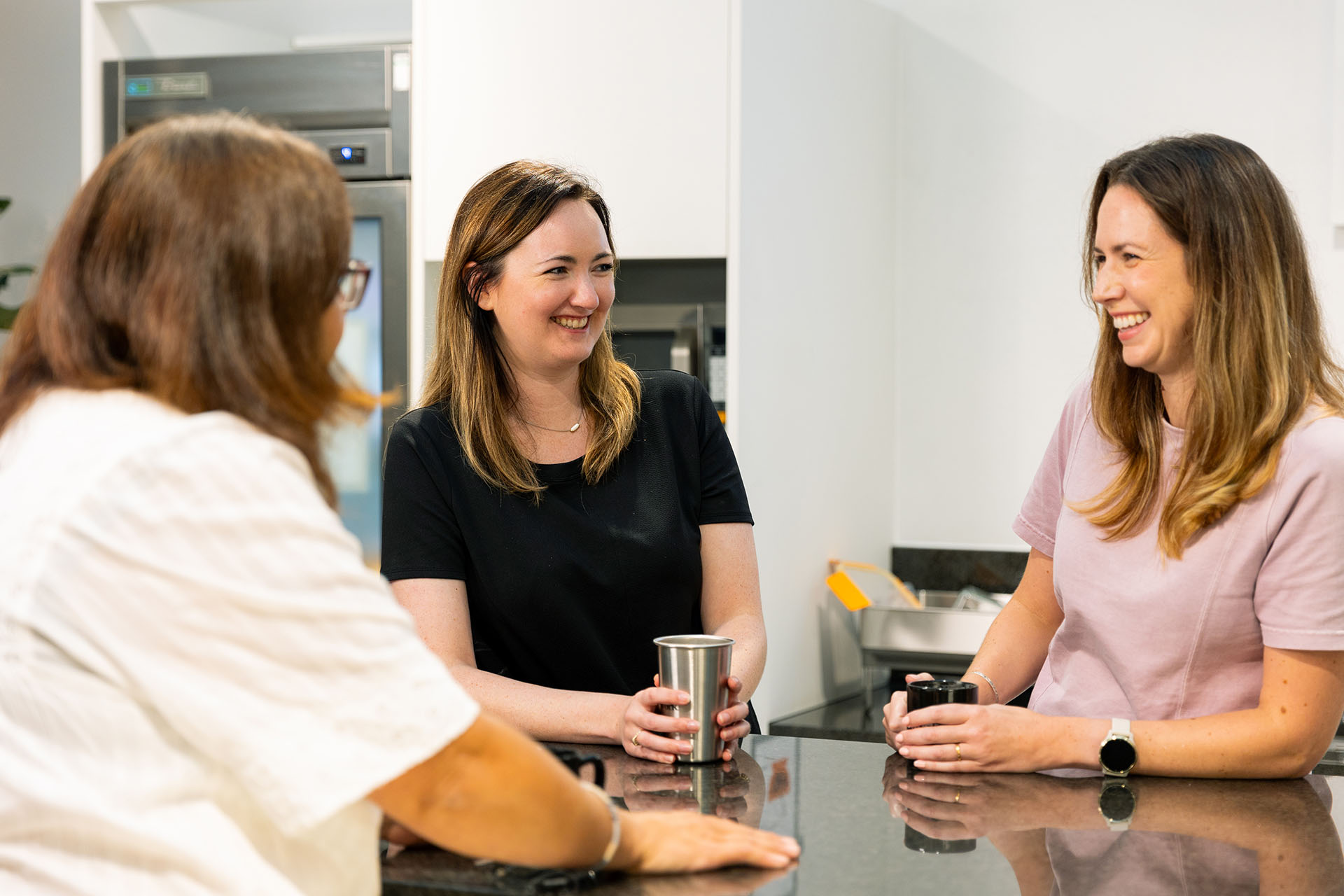A Guide to New Product Development Research

Creating a winning product isn’t about guesswork. Many new products fail after launch because they were built on internal assumptions instead of real-world insight.
That’s where new product development research comes in: it helps you design smarter, test faster and bring products to market with confidence.
Read on to explore the full product development research process, from early idea generation through to a successful product launch.
What Is Product Development Research?
Product development research is the process of using real consumer insight to inform, test and improve a product throughout the development lifecycle, from early idea to market readiness.
The new product development process allows teams to:
- Align features with genuine needs
- Move quickly through the product testing process
- Successfully launch with greater confidence and lower risk
Put simply, product development research is how great product teams reduce risk and make faster, smarter, and more informed decisions while focusing on creating successful products.
Vypr’s product intelligence platform enables this through behavioural science and agile testing. You can test everything from product concepts and claims to pricing and packaging, gathering actionable insights from your target market and potential customers as you go. This replaces slow, traditional methods with iterative, evidence-based learning.
Why Product Development Research Matters
Launching a product without insight into whether it resonates with your target audience is a high-risk move. Without data, you could miss the mark entirely, wasting time, resources and market opportunity.
Effective development research supports smarter product testing, builds customer satisfaction, and increases the likelihood of long-term success. It empowers product teams to align with consumer needs, spot emerging opportunities, and reduce the cost of missed assumptions.
Product development research also keeps you ahead of market trends. You can track consumer behaviour, evaluate market demand, and respond to emerging trends before competitors do.
The Product Development Process Explained
Turning an idea into a product that sells takes more than instinct. It’s a step-by-step process built on insight. Below, we break down the key stages that help teams test early, learn fast, and make better decisions throughout development.
Step 1. Generate Ideas with Real Consumer Insight
Most product journeys begin with internal brainstorming, but not every idea is viable. The idea generation stage must be guided by consumer data, not just internal instinct.
Vypr allows you to test early product ideas with your target customers. You can explore market needs, identify pain points, test new features, and validate new ideas through behavioural data and qualitative research.
These insights ensure you build only what’s worth developing, giving your team clarity. For example, a plant-based snack company might test whether customers are open to a new spicy flavour before moving into development.
Step 2. Understand Consumer Preferences and Needs
This stage focuses on deepening your knowledge of consumer behaviour. Vypr allows you to conduct user research, segment by demographics and attitudes, and capture shifts in customer preferences. You’ll learn what consumers truly value to refine product features accordingly.
Conducting consumer research at this stage ensures your product solves the problems your audience cares about. It also allows you to understand consumer needs in ways that support long-term success and customer retention. A frozen meals brand might find that busy parents prioritise cook-time over premium ingredients, shifting their packaging messaging accordingly.
Step 3. Screen Your Ideas: Filter and Focus
Early idea screening helps eliminate weak concepts before they reach the development stage. Research from MIT shows that about 95% of new products fail, often due to misaligned consumer needs. Vypr enables this by combining behavioural data and agile testing, helping you prioritise what works and cut what won’t.
You can compare interests across groups and test specific features customers truly care about. For example, a personal care brand could compare two shampoo concepts, one focused on scalp health and another on eco-packaging, to see which feature resonates more with its target market.
Step 4. Develop Concepts That Reflect Consumer Needs
Concept development takes promising ideas and shapes them into tangible formats. You can test different product concept versions, names, claims, visuals and packaging using a mix of qualitative and quantitative research methods. You can also explore customer feedback through methods like Video Steers (our version of video questions) and focus groups to explore emotional reactions.
This stage ensures your product concept aligns with your customer’s needs and can be refined based on real behavioural insight. A snack brand like Calbee used Vypr to test flavour and packaging concepts. That insight helped shape a plant‑based range that launched with great success in major UK retailers.
Step 5. Test Concepts Thoroughly Before Commitment
Concept testing answers essential questions before scaling development. You’ll know if consumers understand the concept, whether it’s desirable, and whether they would pick it over existing products.
By combining quantitative research with qualitative data, you can validate the concept in real-world conditions. This reduces the risk of wasted investment and sharpens your competitive edge. A startup beverage brand could discover that its “hydration booster” tagline confuses consumers, prompting the creation of a clearer benefit-led message.
Step 6. Conduct Competitor Research and Product Differentiation
Competitor research enables you to assess how your product compares to existing products in the market. By benchmarking features, pricing and claims, you can identify gaps and uncover innovative solutions for your audience.
These insights support sharper positioning, a more effective marketing strategy, and enhanced product improvements. They also help your brand grab more market share. A snack brand could benchmark its low-sugar cereal bars against three popular options to uncover how to better position its benefits to stand out.
These insights are just as valuable when extending existing product lines, helping you stay competitive while meeting evolving consumer needs.
Step 7. Demand Analysis and Business Viability
Combining pricing research with consumer sentiment builds a stronger launch strategy. Demand analysis and business analysis test consumers’ willingness to pay, purchase intent and price sensitivity. You can also conduct secondary research and gather market intelligence to support your planning.
This combined approach supports your development research cycle, helping you build a robust business strategy ahead of market launch. A Swiss dairy company used Vypr to validate chilled dessert price points and pack designs with consumers across Italy. The rapid demand analysis informed pricing strategy and reduced launch risk.
Step 8. Test Your Product and Launch Readiness
By testing final UX and visual presentation, you ensure shelf standout and brand clarity. At this stage, you finalise the name, messaging, packaging and design through UX research and testing. This ensures your final product performs well from launch through its full product life cycle.
You can also run customer interviews, collect qualitative data, measure loyalty signals, and make sure the product is ready to succeed beyond the initial launch. This ensures your final product performs well from launch through its full life cycle. A ready-meal provider may test three different label designs to determine which communicates their “high protein” selling point most clearly at the shelf level.
How Product Development Research Drives Results
In conclusion, product development research empowers your team to reduce risk, move with confidence, and build products that genuinely meet customer needs.
When your research supports every stage from idea to launch, your team makes faster, smarter decisions across the entire product journey. Whether you’re testing new features customers want or planning for long-term loyalty, this approach ensures your team stays focused and effective at every stage.
How Vypr Supports Research and Product Development
Vypr is the world’s leading product intelligence platform, helping you understand rapidly changing consumer behaviour through fast, cost-effective consumer insight. Our platform gives teams the robust insights needed to create, test and refine products based on real consumer behaviour.
Vypr supports the entire product development research cycle with:
- Fast, agile concept testing powered by real consumer behaviour
- Quantitative and qualitative feedback at every stage
- Video Steers (video insight questions) to uncover emotional drivers
- Precision targeting to speak to the right audiences
Frequently Asked Questions
What’s the real value of UX research in product development?
Great user experience drives results. According to Forrester Research, strong UX design can increase conversion rates by up to 400% and deliver a 9,900% ROI, meaning every £1 spent yields £100 back. That’s like turning a £50 investment into £5.000, a clear case for prioritising user experience. A product that’s easy to use is a product that consumers will return to. It’s not just good design, it’s better performance.
Why should product teams pay attention to consumer trends?
Trends reveal how consumer needs are evolving. By paying attention early, teams can adapt quickly, refine messaging and guide innovation. Tools like user experience research help ensure that new ideas align with what people value, improving engagement and long-term success.
Enhance your new product development research with robust product intelligence. Try Vypr now and transform your product development journey.







